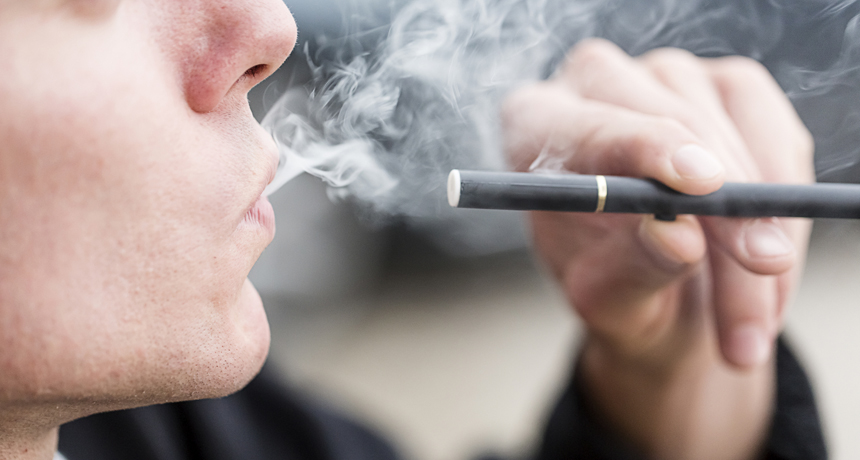aerosol Particles of a solid or liquid that are small enough to remain airborne for minutes to weeks.
addiction The uncontrolled use of a habit-forming drug.
e-cigarette (short for electronic cigarette) Battery-powered devices that disperse nicotine and other chemicals as tiny airborne particles that users can inhale.
nicotine A chemical compound present in tobacco. It creates the ‘buzz’ effect associated with smoking. It is one of the main ingredients in many e-cigarettes.
tobacco A plant cultivated for its leaves. Dried tobacco leaves are burned in cigars, cigarettes, and pipes. Tobacco leaves are also sometimes chewed. The main constituent of tobacco leaves is nicotine.
vaping A new slang term for the use e-cigarettes, because these devices emit vapor, not smoke.








